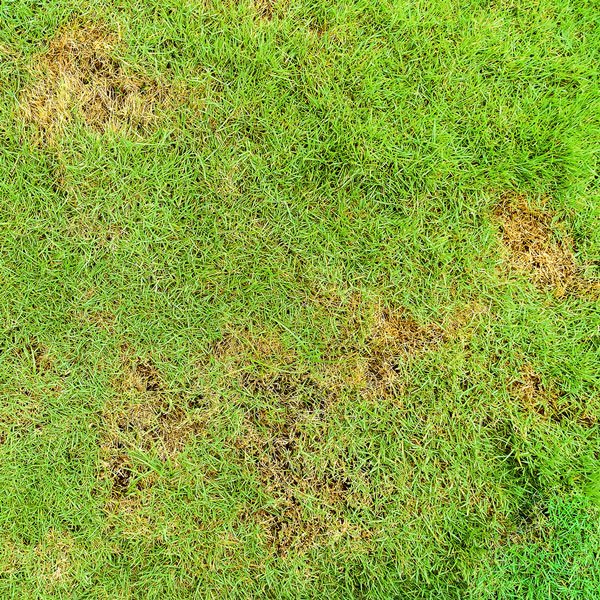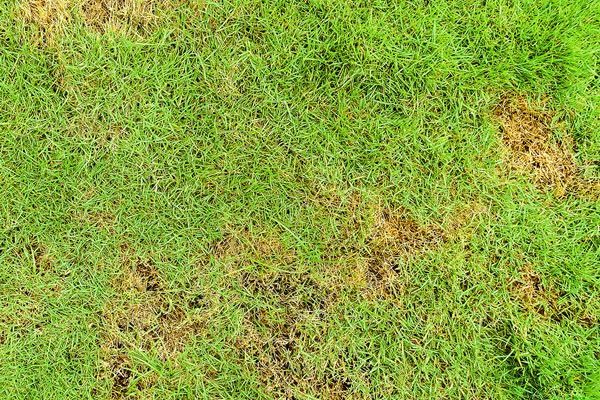
Picture this: you step outside to enjoy a sunny afternoon, only to find patches of your lawn turning a sickly brown. It’s frustrating, right? Grub worms are the larvae of beetles and they love to munch on roots and grass. Unfortunately, by the time you notice dead patches, the damage may already be done. But here’s the good news: with a bit of knowledge, you can identify the signs early on and take action to save your lawn.
So, grab your favorite beverage, and let’s chat about how to spot grub worms before they wreak havoc on your yard.
What Are Grub Worms?
Grub worms are the larval stage of various beetles, including the Japanese beetle, June beetle, and others. They’re small, white, C-shaped worms that often go unnoticed until it’s too late.
These little buggers feed on the roots of grass and plants, leading to brown patches on your lawn. Think of them as tiny lawn villains, working silently underground while you enjoy your outdoor space. When the population of grub worms gets too high, it can quickly lead to severe lawn damage.
You might be wondering why you should be concerned about these pests. After all, they’re just little worms, right? The truth is, if you catch them early, you can potentially save your lawn from extensive damage and costly repairs. It’s like catching a cold before it turns into the flu—you just want to avoid the worst of it!
Signs of Grub Worm Infestation
Okay, so how do you know if you have grubs lurking in your lawn? The first step is to be aware of the signs. Here are the most common indicators you should look for:
- Brown Patches: If you start seeing irregular brown patches in your lawn, it could be a sign of grub activity. These patches often feel soft and spongy underfoot.
- Increased Bird Activity: If you notice an influx of birds pecking at your lawn, that could mean they’ve discovered a buffet of grubs.
- Easy Turf Removal: When you try to lift a patch of grass and it comes up easily, that’s often a red flag. It means the roots are not holding strong due to grub damage.
- Wilting Grass: If grass appears to be wilting or dying, especially during dry spells, grubs might be the culprits.
Keep an eye out for these signs, especially during late summer or early fall when grubs are most active.
How to Check for Grub Worms
Now that you know the signs, let’s talk about how to actually check for these pesky worms. It’s easier than you might think! Here’s a simple way to do it:
1. Grab a Square Foot of Grass: Use a shovel or a sharp garden spade to cut a square about one square foot in size. Make sure to go a few inches deep.
2. Lift It Up: Carefully lift the patch of grass. If you see more than a few grubs (about 5 per square foot is a threshold), it’s time to take action.
3. Examine the Soil: Look closely at the soil underneath. Healthy soil should be dark and crumbly, while soil heavily impacted by grubs may look dry and dead.
4. Count Those Grubs: If you see a good number of grubs wriggling around, congratulations—you’ve caught them red-handed!
Using this method a couple of times a season can help you stay ahead of an infestation.
Preventing Grub Worms
Once you know how to spot grub worms, it’s just as important to know how to prevent them. Here are some effective strategies to keep your lawn healthy:
- Healthy Lawn Care: Maintain a healthy lawn by watering deeply and infrequently. Deep roots can withstand some grub damage.
- Regular Aeration: Aerate your lawn at least once a year. This helps improve drainage and allows beneficial organisms to thrive.
- Incorporate Beneficial Nematodes: Consider applying nematodes—tiny beneficial worms that feed on grubs. They’re a safe, natural way to control the population.
- Timing Your Treatments: Apply preventive treatments in late spring to early summer when grubs are just hatching and are easier to control.
By taking a proactive approach, you can create a healthy environment that’s less appealing to grubs.
Treating Grub Infestations
If you discover you have a grub infestation, don’t panic! There are several effective treatments available. Here’s what you can do:
1. Insecticides: Look for lawn insecticides that specifically mention grubs as their target. Be sure to follow the application instructions carefully to minimize harm to beneficial insects.
2. Natural Solutions: As mentioned earlier, beneficial nematodes can be a great option. These microscopic worms attack grubs, providing a natural way to reduce their numbers.
3. Milky Spore: This is a powder containing a bacterium that specifically targets Japanese beetle grubs. It’s a more long-term solution, as it can stay in the soil for years.
4. Cultural Practices: Sometimes just adjusting your lawn care routine can help. Maintain proper watering and mowing heights to keep your grass healthy and resilient.
Remember, the sooner you act, the better your chances of saving your lawn.
Keeping an eye out for grub worms is key to preserving the beauty of your lawn. By understanding what they are, recognizing the signs of infestation, and employing preventive measures, you can maintain a healthy green space for you and your family. It’s a bit like watching out for weeds or pests in your garden—awareness and action will go a long way.
So, grab your shovel and check your lawn. Early detection is your best friend when it comes to grub worms! By staying vigilant, you can enjoy a lush, vibrant lawn without the worry of those pesky invaders. Happy lawn caring!

